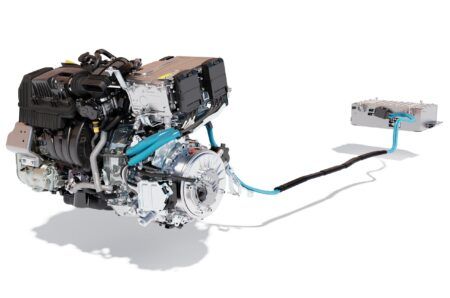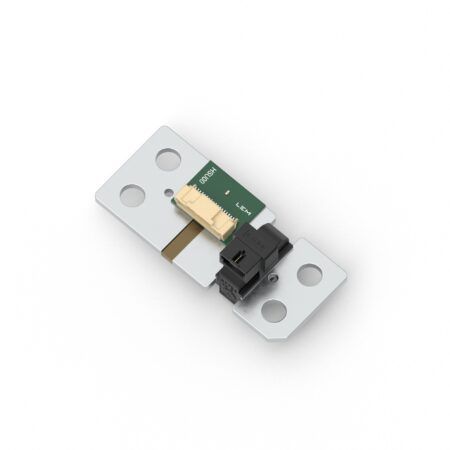THUMS (Total Human Model for Safety) is Toyota’s software program for computer simulation and analysis of the injuries resulting from vehicle crash impacts. The latest advances take account of changes in people’s posture when taking advantage of automated driving systems.
The new capabilities allow for even more precision in the computerised crash simulations, helping in the development of more effective safety provisions. The latest version of THUMS has improved modelling of the human body, with more accurate rendering of the geometry and properties of key body parts, including the pelvis, abdominal organs, spine and ribs.
The programme can further predict the impact on human bones, organs and muscles when vehicle occupants are in a reclined position, and reproduce how people will change their position and brace muscles when manoeuvring a vehicle in an emergency, or when safety systems such as a emergency braking and steering control kick in.
They also address the changes in people’s posture as automated driving systems become available. For example, ADAS (advanced driver assistance systems) at SAE Level 3 which see the car automatically carrying out most of the driving tasks, so the driver can sit back and relax. When a person is in a reclined position, the body reacts different with the seat and restraint systems. Even when they are sitting up, the change in posture can lead to significantly different effects in the event of an impact, causing different types of injury.
Sabine Compigne, Technical Manager in Toyota’s R&D Safety Research operations, explained, “Special attention must be paid to ensuring that the pelvis remains in the seat at the time of a crash. This is crucial to avoid the ‘submarine effect’ where the occupant slides out from under the lap belt, risking abdominal injuries. Good pelvis retention helps to limit compression on the spine and thus prevent spinal injuries.”
The principles of the THUMS programme make it valuable for safety research in other transport fields, such as trains and aviation. Recognising this, Toyota has provided free access to its know-how since 2021, with a view to helping built a future safe mobility society.





